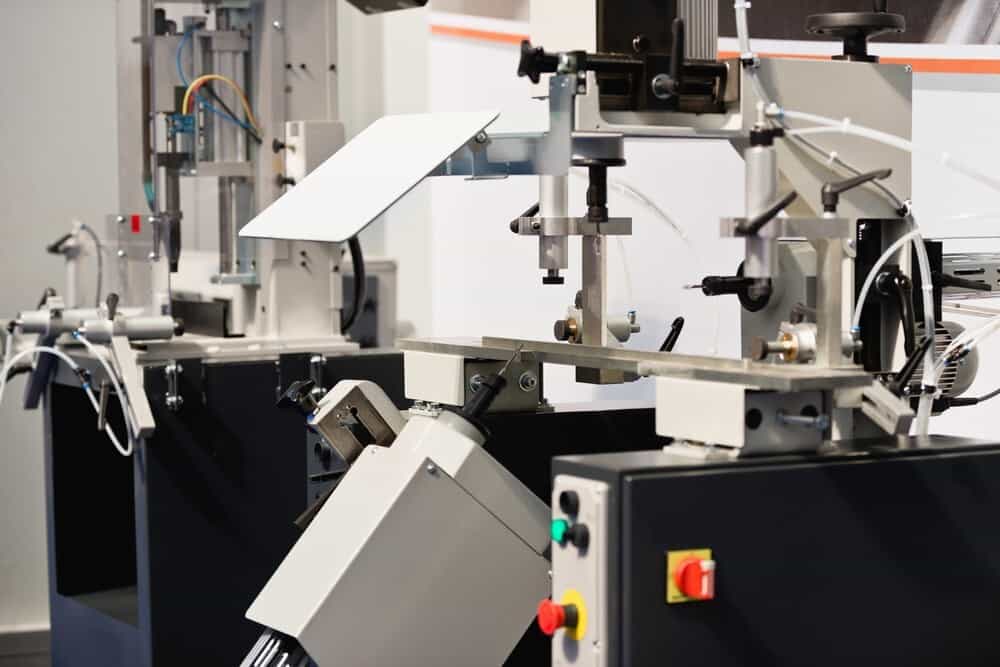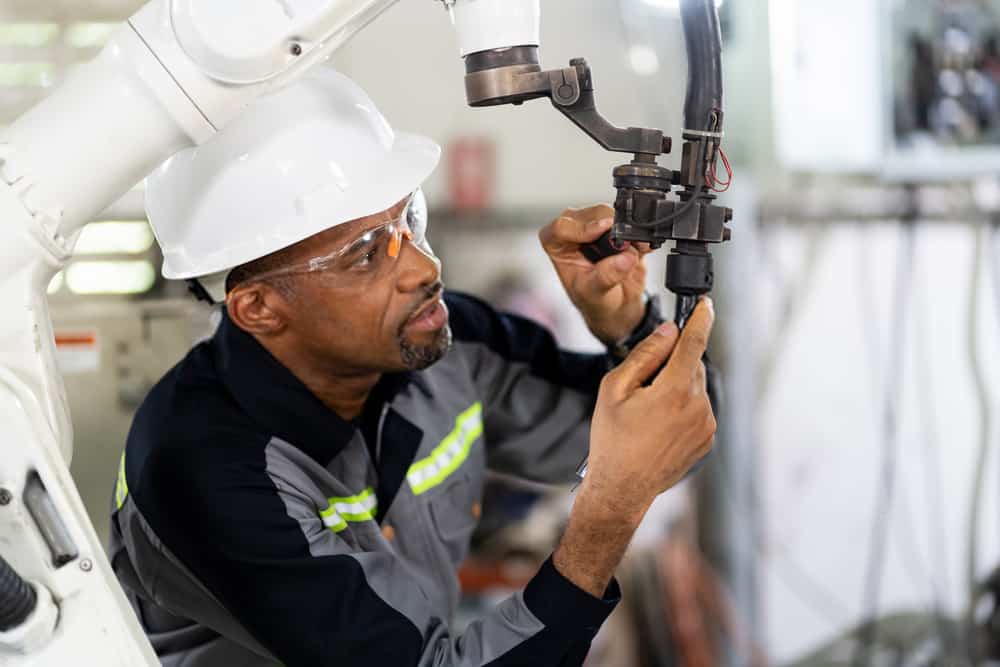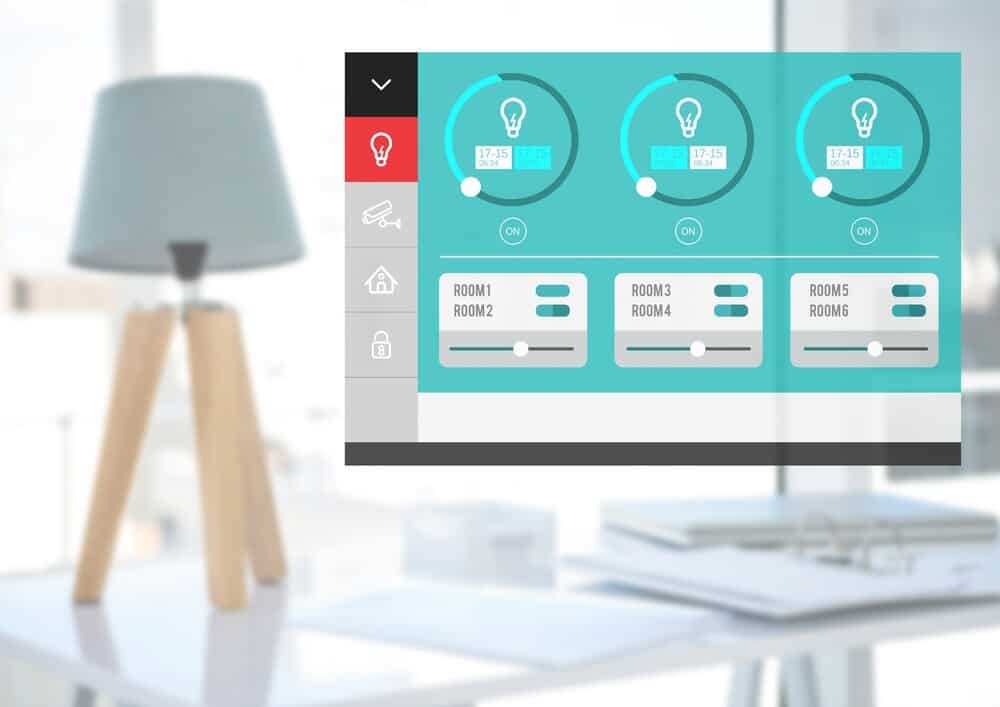How can you run a comparison between various automated screwdriving solutions? Determining the right industrial robotic screwdriving solution for your needs can be an uphill task in the beginning.
While different manufacturers highlight a wide range of technical specifications, they do so irregularly. For example, one manufacturer may describe a specific property while another one omits it from their highlight. Read on to understand factors to consider before choosing an automated screwdriving system. Having a basic understanding will make the process easier.
Understanding Automated Screwdriving
In industrial screwdriving, screw picking and other related processes are executed by machinery or the industrial robotic arm. This solution comprises two components which are:
· Screw Feeder
A screw feeder delivers screws on the screwdriving unit. It ensures that screws are well orientated and land separately. A screw feeder can be linked with the screwdriving unit or stay separately.
· Screwdriving Machine
This machine grasps an automatic screwdriving tool that can lift screws. A screwdriving machine can shift the screwdriver to facilitate the fastening of screws in the component. It can also shift the component to ensure it is well-oriented for the immobile screwdriver.
Before selecting an automated screwdriving system, determine the properties that are most crucial for your particular application. Automating screwdriving applications comes with numerous benefits like increased consistency, reduced work-related harm, sufficient time for employees to execute efficient tasks, and less mundane tasks.
Despite all these benefits, not all automated resolutions are ideal for your particular applications. Different robotic and automated screwdriving systems are available in the market today, and knowing how to differentiate them is critical.
Do You Need to Automate Your Screwdriving Applications?
Based on how long your business has been in the industry, chances are that you are conversant with traditional screwdriving automation. Often, such systems comprise massive customized automated units whose designing and deployment may take months. Many times, your application does not need traditional screwdriving automation. However, this technique could be applicable if your business specializes in manufacturing identical products at high volumes.
Automated screwdriving solutions provide a flexible approach to traditional screwdriving automation. You can adapt the ideal solutions based on your needs and configure them within a limited time. However, robotic systems vary. You should identify the critical properties of your application to get the ideal solution.

Properties to Consider in an Automated Screwdriving System
Automated screwdriving solutions are defined in a wide range of terms. However, some properties are more crucial when you opt to use a robot. Here are some of the critical properties you should be on the lookout for when assessing screwdriving systems.
· Compatibility with a Wide Range of Screw Models
Traditional screwdriving automation is often limited to one screw model, and many automation elements are specially designed for the particular screw type. Still, there are different types of screws in the market today. The system you choose should be capable of handling a wide range of models. Ensure your system can handle all the different types of screws that you use or plan to use in your applications currently and in the future.
· Extend of Screw Sizes
A system that is only compatible with one screw size may not be ideal for your current and future applications. Consider an automated screwdriving solution capable of handling different types of screw sizes without configuring the setup.
· Screwing Bit Type
There are two primary screwing bits in automated screwdriving. They are:
Vacuum Bits
These options rely on a vacuum pump to draw screws into a tool. While this process requires additional equipment, the robot is capable of handling non-ferromagnetic screws. It is also easier to regulate than magnetic bits.
Magnetic Bits
These options lift screws through the use of magnets. Due to this, their compatibility is limited to ferromagnetic screws, which makes the system inflexible.
· The Extent of Screwing Bit
One of the critical advantages of an automated system is its capability to reach the workpiece from different directions. This capability may not be achievable when using a traditional screwdriving automation. However, this benefit can be restricted when the screwing bit is overly short, triggering a collision between the robot and the workpiece. Ensure the screwing bit you choose is long and capable of reaching all the areas your screwdriving application requires.
· Eases Programming
Traditional screwdriving automation needs an extensive understanding of industrial programming and systems integration, just like is the case with many robotic screwdriving systems. Choosing a system that eases the programming process as much as possible is crucial. Identify a solution that comes with standard smooth robotic programming features. Ensure the program you choose allows you to program your tasks without professional assistance.
· Necessary Additional Parts
Some automated screwdriving devices require users to purchase different accessories to ensure the tool is ideal for your setup. As a result, the purchasing process becomes more challenging, extends the integration time, and makes the system maintenance process hard. An ideal industrial robotic screwdriving solution comes with everything you need to make the system work without extra accessories.
· Screw Detection
One of the leading causes of quality problems in an automated screwdriving application occurs when a robot does not detect when screws are dropped or run out. When such a problem occurs, some parts lack the appropriate number of screws, increasing rework rates and increasing scrap. Some automated screwdriving solutions feature screw presence detection, ensuring that a screw is available before the task continues.
· Applicable Screwdriving Torque
Some screwdriving applications require the application of an accurate torque on the screw. Users should also make sure that the torque is enough for their task requirements. The ideal solution allows you to configure the accurate torque via a graphical interface during the programming process.
· The Screwing Tool Weight
Robots come with a maximal payload capacity. You want to ensure that the screwing tool’s weight is not more than the capacity. If the weight exceeds the capacity, the robot will be unable to handle it. Your screwdriving system should meet the laid down specifications whether you designed it or purchased an already designed option. If you opt for a pre-designed screwdriving option, the industrial robot will easily handle the tool weight.
Finally
Regardless of the screwdriving solution, you select, your integration process should be as smooth as possible. You do not want to be stuck with a system whose integration takes weeks and months and requires professional help.






